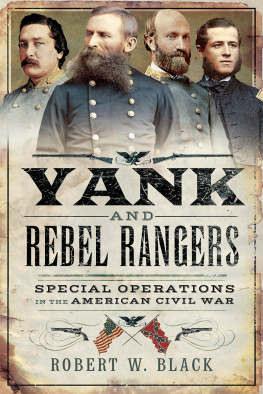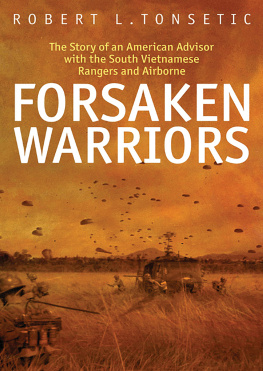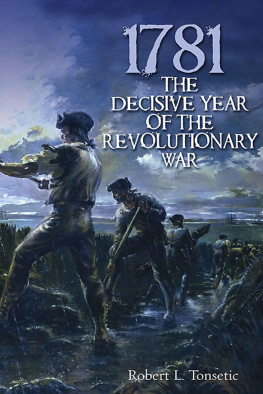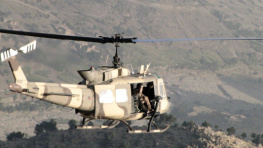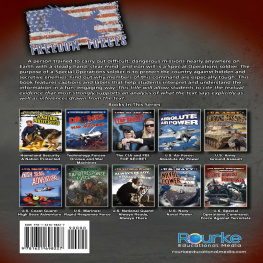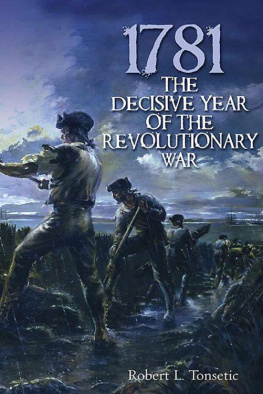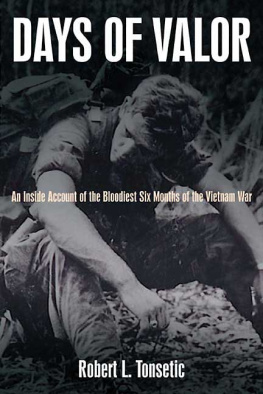Published in the United States of America and Great Britain in 2013 by
CASEMATE PUBLISHERS
908 Darby Road, Havertown, PA 19083
and
10 Hythe Bridge Street, Oxford, OX1 2EW
Copyright 2013 Robert L. Tonsetic
ISBN 978-1-61200-165-4
Digital Edition: ISBN 978-1-61200-166-1
Cataloging-in-publication data is available from the Library of Congress
and the British Library.
All rights reserved. No part of this book may be reproduced or transmitted in any
form or by any means, electronic or mechanical including photocopying, recording
or by any information storage and retrieval system, without permission from the
Publisher in writing.
10 9 8 7 6 5 4 3 2 1
Printed and bound in the United States of America.
For a complete list of Casemate titles please contact:
CASEMATE PUBLISHERS (US)
Telephone (610) 853-9131, Fax (610) 853-9146
E-mail:
CASEMATE PUBLISHERS (UK)
Telephone (01865) 241249, Fax (01865) 794449
E-mail:
PROLOGUE
TO UNDERSTAND THE ORIGINS OF SPECIAL OPERATIONS DURING THE American Revolutionary War, one must have a clear view of warfare on the North American continent during the preceding 168 years. From the founding of first English settlement at Jamestown, Virginia in 1607, English colonists and explorers were in contact with Native Americans. Native Americans lived in tribal societies; the lifestyle, culture, and method of warfare of the various tribes varied greatly, and was closely connected to the natural environment in which they lived.
Along the Atlantic seaboard, where the first settlers landed, the land was forested with fresh, flowing rivers and streams, and an abundance of game and fish. While there were disputes, and inter-tribal wars, the level of violence never escalated to the level of total war and annihilation. Tactics were heavily dependent on speed, mobility, and surprise, and warriors would skillfully exploit the terrain to quickly approach within striking distance of their enemies. Typical operations included raids against enemy villages, and ambushes of small groups of enemy warriors in heavily forested areas. Hunting and scouting were integral to the lifestyle of Native Americans, and warriors used the same skills in warfarestealth and concealment were routinely employed when closing in and surrounding an enemy. Weapons proficiency was also a highly prized attribute in a warrior. For long-range combat warriors relied on the bow and arrow, and for close-in fighting, clubs, the stone hatchet and the tomahawk were the weapons of choice. Casualties among combatants were usually limited in number, and the warriors usually spared the women and children of their
Native Americans also went to great lengths to protect their villages and families from enemy raiding parties. Defensive measures included the use of log palisades around their villages, within which their wives and children could take refuge. Sentries were also posted on avenues of approach to the village on a 24-hour basis to provide early warning of an enemy raid. if marauding war parties could not gain entry to the fort through stealth, a siege was sometimes mounted, however, these sieges were usually short since supplies and provisions were stockpiled within the stockade. Native Americans did not burn fortified enemy villages due to the risk posed to noncombatants.
In the early 1600s, the English began to arrive in North America and establish colonies along the eastern seaboard, first at Jamestown on Virginias tidewater peninsula, and then in New England, establishing the Plymouth Colony, and later the Connecticut and Rhode Island colonies. At first, the Native Americans did not perceive the small numbers of Englishmen as a threat to their culture or way of life. Rather they viewed the curious new arrivals as trading partners and potential allies against rival tribes. When colonists began to arrive in ever-increasing numbers and began to expand their holdings, clearing forests and planting crops, it became apparent to the tribes and their leaders that their way of life was under threat by the new arrivals. Conflict was inevitable.
Seventeenth-century Europeans arriving in North America brought with them a completely different theory and practice of warfare to that of the Native American tribes. Seventeenth and eighteenth European wars were fought between armies, not entire populations. Battles were fought in open fields with tight regimental formations marching in step and obeying the commands of their sergeants and officers as they closed on similarly organized enemy formations. Halting within a few yards of the enemy ranks, in line formation, the musketeers would halt, load their weapons, and then fire a volley into the enemy formation. The matchlock muskets were notoriously inaccurateonly effective when fired at close range at a compact formation of enemy soldiers. During the lengthy reloading sequence the musketeers were protected by infantrymen armed with pikes, and cavalry armed with Wheelock pistols and sabers. The objective was to completely destroy the enemy force, and casualty rates in battle were extremely high. In about 1680, the ring or socket bayonet was invented. With bayonet fixed a musket could be used as a weapon even after it had been fired. The bayonet did away with the need for pikemen, and led to the adoption of the bayonet charge during the final assault on the enemy formation. It was quite natural that the colonists would rely on their traditional way of war to protect their settlements in the New World, however, they soon learned that Native American warriors did not make war in the same manner.
The first English colonists were not accompanied by regular troops when they first sailed to North America, and they resisted bringing in English troops to subdue the Native Americans, fearing they would never leave. Instead they relied on individual professional soldiers and soldiers of fortunemen like Captain John Smith, Miles Standish, and John Underhillto organize the defense of their settlements. Understandably, these men relied on a system based on a model developed in their own country. The shortage of manpower, and the substantial expense of maintaining full-time military organizations, necessitated a reliance on local militias to protect the settlements. All able-bodied men were required to serve in the militia company of their town. The companies were mustered on a regular basis to receive training and drill, and were mobilized when the security of the settlement was under threat. the professional soldiers and appointed officers attempted to instill discipline and basic military skills into the men. The men had an assortment of military equipment and weapons. Sometimes this included body armor, such as short-waisted breast-and-back plates, or metal helmets. Until the 1630s, the most common firearm was the heavy (20-lb) matchlock musket with firing rest. Matchlocks were very inaccurate, took a long time to reload, and required a lit match to fire them, making them almost impossible to use in rainy or damp weather. from the 1630s, the matchlock was gradually replaced with the lighter and more reliable flintlock musket. The militia was also armed with broad-bladed swords, cutlasses, halberds, and pikes. The first militia companies would soon learn that their heavy awkward weapons and cumbersome equipment were ill-suited for the dense forests and swamps of New England and the Virginia lowlands.
The militia companies were drilled in tight formations on open parade grounds with a drummer beating a marching cadence. While the martial air of the drills may have impressed onlookers, the drill fields bore no resemblance to the terrain on which they would most often face their enemies. While the Native Americans were at first terrified of musket fire, they quickly overcame their fear and were soon attempting to trade food, furs, tobacco, and other goods for the weapons.



